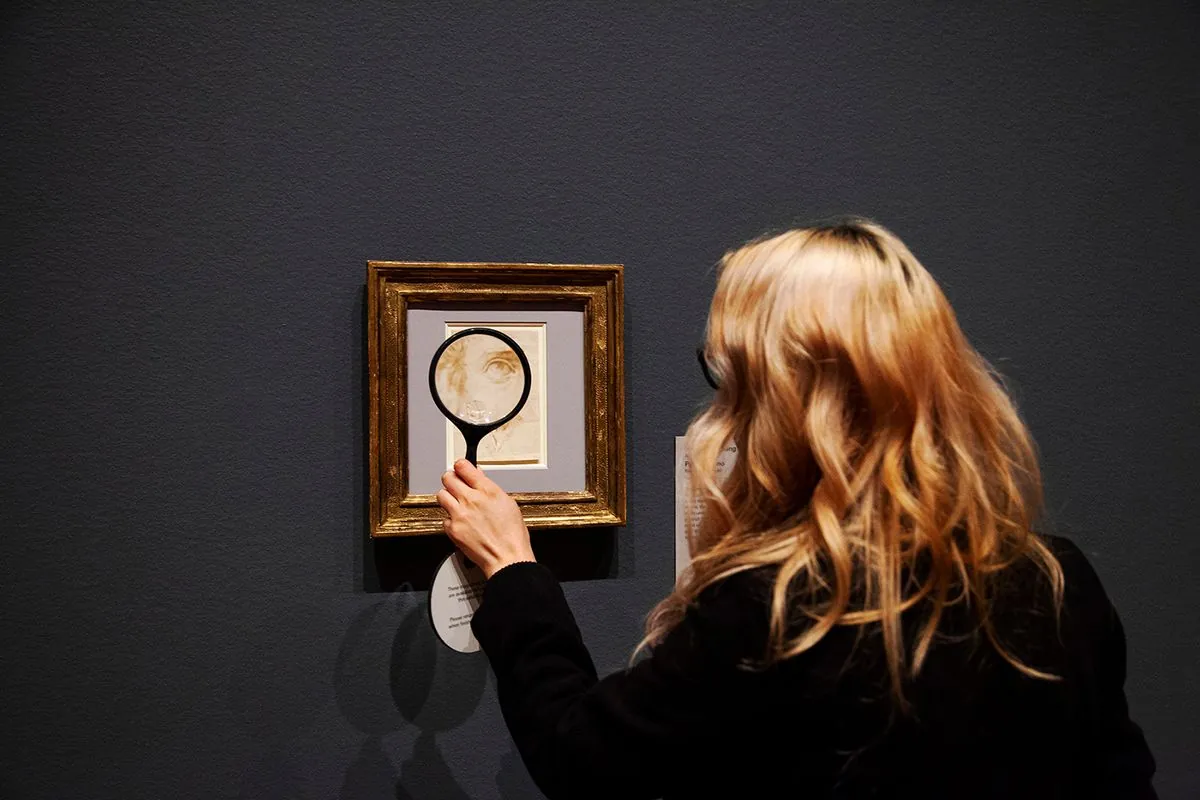Jackson Brodie Returns: A Witty but Uneven Art Theft Mystery
Kate Atkinson's latest Jackson Brodie novel, "Death at the Sign of the Rook," blends art theft, country house mysteries, and sharp humor. Despite brilliant characterization, the plot struggles to coalesce in this potentially series-ending installment.

Kate Atkinson's beloved detective Jackson Brodie returns in "Death at the Sign of the Rook," a novel that blends art theft, country house mysteries, and the author's signature wit. However, this latest installment may signal a potential conclusion to the long-running series.
Set approximately 20 years after the series debut, we find Brodie investigating the theft of a Renaissance painting. The former soldier and ex-police officer, now in his early 60s, is hired by the elderly children of the late Mrs. Dorothy Padgett. The painting vanished shortly after their mother's death at 96, along with her caregiver, Melanie Hope.
Brodie's investigation soon connects to another art theft from two years prior – a J.M.W. Turner painting stolen from Burton Makepeace House. This case involves the disappearance of housekeeper Sophie Greenway, who bears a striking resemblance to Melanie Hope.
The novel reintroduces Detective Constable Reggie Chase, a familiar face to series readers. Despite past tensions, Chase collaborates with Brodie on the connected cases.
Atkinson's strength lies in her character development and biting humor. She provides extensive backstories for a cast of colorful characters, including the disagreeable Padgett heirs, the aristocratic Miltons, and neighboring figures like ex-soldier Ben Jennings and Reverend Cate.

The book attempts to blend elements of classic country house murder mysteries with art theft intrigue. Atkinson includes traditional genre tropes such as red herrings and a gathering of suspects in the library. She also incorporates modern themes, touching on the challenges faced by veterans like Jennings returning from conflicts in Afghanistan.
While Atkinson's wit and sharp observations shine throughout, the plot struggles to maintain cohesion. The novel feels more like a collection of brilliantly written character studies and humorous set pieces than a tightly woven mystery.
"Death at the Sign of the Rook" may not be what we hoped for, but it is highly entertaining in its various parts — which perhaps required only a few more tricks of this novelist's devious pen to pull itself together."
This installment may indicate series fatigue, a common phenomenon in long-running literary franchises. However, Atkinson's undimmed relish for human foibles and her mordant wit remain intact, providing entertainment value even as the overarching plot falters.
For newcomers to the Jackson Brodie series, it's worth noting that the novels are best enjoyed in sequence. The rich tapestry of recurring characters and inside jokes may leave uninitiated readers wondering about the series' acclaimed status.
As the art world grapples with the ongoing issue of theft – with billions of dollars worth of art stolen annually – Atkinson's focus on missing paintings provides a timely backdrop. However, the promise of this premise isn't fully realized in the novel's execution.
In conclusion, while "Death at the Sign of the Rook" may not represent the series at its peak, it still offers Atkinson's trademark humor and incisive character studies. Whether this marks the end of Jackson Brodie's investigations or merely a detour remains to be seen, but longtime fans will find much to appreciate in this latest outing.


































